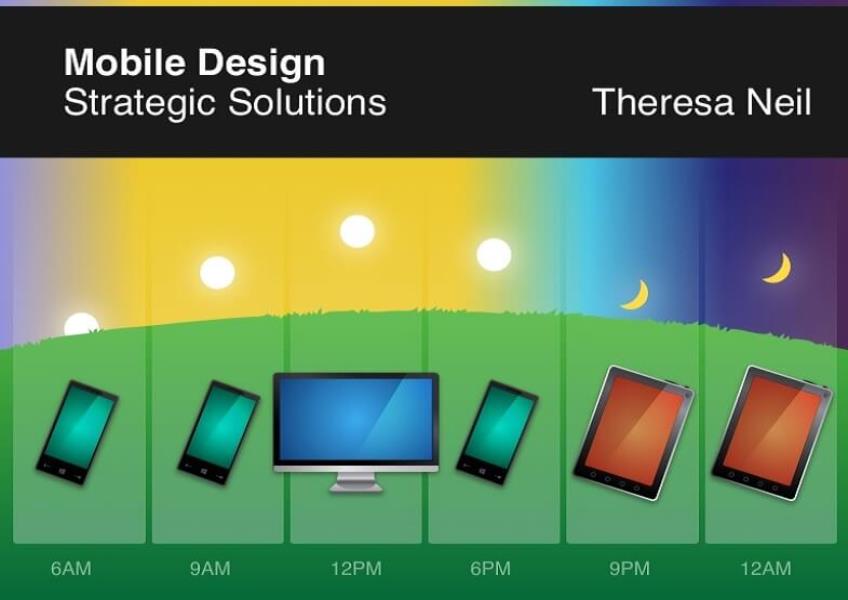Get the latest updates From BL Soni College Bhilwara

How can graphic design be used to create visually appealing illustrations?
Graphic design plays a vital role in creating visually appealing illustrations. Whether you're designing illustrations for print materials, digital media, websites, or other platforms, here are some key principles and tips to consider: Understand the Purpose: Before you start designing, it's crucial to understand the purpose and context of your illustrations. What message or story do you want to convey? Who is your target audience? Clear objectives will guide your design decisions. Conceptualize: Begin with brainstorming and sketching ideas. Visualize the concept and composition of your illustration before diving into the digital design process. Think about the main elements, composition, and overall style. Choose the Right Tools: Use appropriate graphic design software or tools for creating illustrations. Common choices include Adobe Illustrator, Adobe Photoshop, Procreate, or vector-based software for scalable artwork. Color Palette: Select a harmonious color palette that suits the mood and message of your illustration. Consider the psychology of colors and their impact on the viewer. Limit your color choices to maintain visual cohesion. Typography: If your illustration includes text, pay attention to typography. Choose fonts that complement the style of your illustration and ensure readability. Adjust letter spacing, size, and color as needed. Composition: The composition of your illustration is critical. Use principles such as balance, symmetry, or asymmetry to create visual interest. Arrange elements strategically to guide the viewer's eye and convey your message effectively. Contrast: Contrast helps elements stand out and adds visual interest. Experiment with contrast in color, shape, size, and texture. This can make your illustration more dynamic and engaging. Details and Depth: Add depth and dimension to your illustration by using shading, highlights, and gradients. This adds realism and visual appeal to your artwork. Consistency: Maintain a consistent style and theme throughout your illustration. All elements should work together cohesively to create a unified visual experience. Texture and Patterns: Incorporate textures and patterns to add depth and visual interest to your illustration. These elements can enhance the tactile quality of your artwork. Simplicity: While details are important, avoid clutter. Sometimes, simplicity can be more impactful. Focus on the essential elements to convey your message effectively. Use of Space: Be mindful of negative space (empty or white space) in your composition. Properly utilizing negative space can help draw attention to the main subject and create balance. Custom Illustrations: Whenever possible, create custom illustrations rather than relying on stock images or generic artwork. Custom illustrations can be tailored to your specific needs and brand identity. Test and Iterate: Don't hesitate to experiment and make revisions. Seek feedback from peers or clients and be open to making improvements based on their input. Brand Consistency: If your illustrations are part of a brand or project, ensure they align with the brand's visual identity and guidelines. Consistency across all design elements is essential. Accessibility: If your illustrations are used in digital content, consider accessibility by providing alternative text for images and ensuring that the illustration is comprehensible to individuals with disabilities. Inspiration: Seek inspiration from other illustrators, artists, and design trends. But remember to add your unique style and perspective to your work. Creating visually appealing illustrations requires both creativity and technical skill. It's important to strike a balance between aesthetic appeal and effective communication of your message. Practice, experimentation, and continuous learning will help you improve your illustration skills over time.


